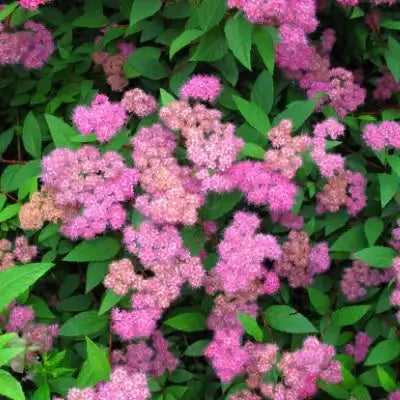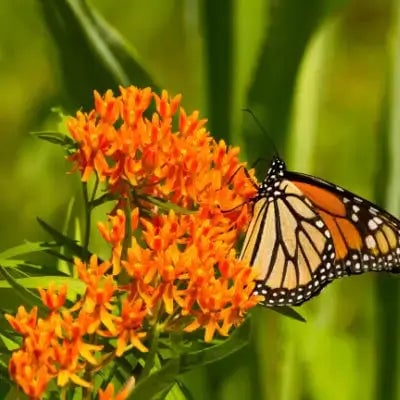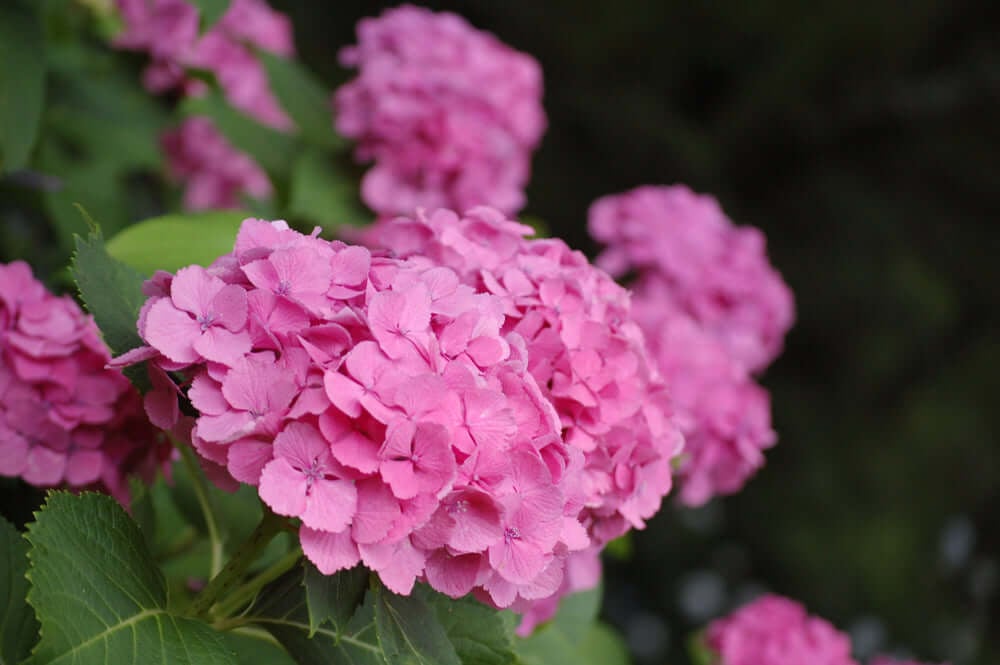Fascines & Brush Layer Benefits for The Environment
Incorporating natural fascines and brush layer administration into the wetland and sloped land property is the optimal choice for environmentally-friendly land conservation. Land conservation management is imperative to protect the land from natural and catastrophic conditions that both erode and deplete the soil.
A lack of trees, shrubs, and other vegetation on hillsides, banks, and fields invite erosion and soil depletion when rainwater spills off the land, rivers swell, or tributaries flow. Pervasive drainage over large land areas, such as farmlands, can cause flooding when rainwater drains off the land quickly.
But, as necessary as it is to protect the land from the consequence of natural and catastrophic events, there is the need for an environmentally-friendly strategy to protect the ecosystem and surrounding communities. That solution is found in natural fascines and brush layer administration.
What is a natural plant fascine?
A natural fascine is a bundling of living plant branches laid across the terrain to support the land. A fascine can be utilized for many purposes: construction, military; agricultural; or general land use. The typical application is in wetlands, flood plains, stormwater retention areas, and ditches. For example, a fascine is utilized to fill in the marshy ground; it provides strength and support to the sides of dams, ditches, and trenches; it protects banks of streams and rivers from erosion, and the military often uses a fascine to create a path or access road across uneven or wet terrain.
What is brush layering?
Brush layering, also known as "brush matting," protects river banks and hillsides that are vulnerable to erosion and ground scrubbing when a river is swelled or flooded. Live branch sections - also called "live stakes," "live planting," and "pole planting" - are laid sideways on the bank and partially buried into a trench of wet soil. The branching roughens the ground surface, slowing water run-off flow. Protection of the land slope is further stabilized when the live branches take root and become bushes, further binding the soil with their root system and blocking the water flow with its foliage.
Benefits of Fascines and Brush Layer to the Environment The benefits of natural fascine and brush layer administration are without negative consequences. Their usage provides an environmentally-friendly option that is easy to implement, low-cost, and versatile for many land applications.
Willow, red osier dogwood and black cottonwood are commonly used in brush layering because they are hardy, durable, and adaptable plants that are easy to grow with excellent root strength.
Bio-engineering with such provides a bio-sustainable solution for flood control, erosion control, drainage speed, and soil filtration, thereby benefitting the land. The systems trap soil and debris being carried via run-off, protecting tributaries and communities downstream. Brush layering, via live stakes, slows water flow over the land surface and, together with the renewed root system, provides effective water penetration into the soil. The shrub growth also provides a windbreak for people, animals, and crops. Best of all, you realize a highly effective system at a meager cost.
Understanding Brush Layering for Landscaping and Land Conservation
The brush layering method is commonly used to stabilize slopes and prevent erosion while improving the visual appeal of land conservation and landscaping projects. The practice of brush layering involves positioning living or fresh woody cuttings amid compacted fill layers to support plant growth and soil stability. Landscaping specialists use this technique to stabilize steep areas at risk of erosion because it provides an economical solution that protects the environment. The ensuing sections will examine the procedure and benefits of implementing brush layering techniques in land management and landscaping.
Brush layering produces deep root systems that bind soil particles, preventing soil displacement and loss. Native or well-adapted species cuttings root and grow to establish a living framework stabilizing soil on sloped or uneven ground. This method protects vulnerable roads, buildings, and pedestrian paths from wind erosion and water runoff damage.
Choosing suitable plant species is a fundamental requirement for effective brush layering. Fast-growing species that root easily and show hardiness perform best because they reliably establish new growth across the brush layers. Willow remains a popular choice for planting because its roots thrive and can regenerate from cuttings. Species selection should focus on plants that integrate with local ecosystems to promote biodiversity while reducing invasive plant threats.
To install the system, you must build terraces or benches on the slope, then lay the cuttings and cover them with soil or backfill before compacting. The length of brush cuttings must be sufficient, so they extend from the slope’s front edge to the terrace back end to ensure the slope benefits from reinforcement by root systems. Correct soil compaction around the plant cuttings eliminates air spaces that could dry out and damage the plant material. As they establish their root systems, the brush layers stabilize the slope from the inside while improving vegetation coverage.
The success of brush layering projects depends on regular maintenance and monitoring. To maintain health and stability, brush layers need extra watering during dry periods while remaining free from animal grazing and excessive human foot traffic. Through routine inspections, we can detect erosion patterns, invasive species, and plant disorders, enabling us to implement fast corrective actions. The slope’s stability improves when growth-deficient areas receive additional planting or reseeding efforts.
Brush layering offers functional advantages while improving visual appeal and supporting ecological sustainability in land management. Living vegetation arranged in layers produces a natural look that merges effortlessly with adjacent landscape features. Multiple vegetation strata create a habitat that maintains local biodiversity while preserving soil health through wildlife support. A thoughtfully applied brush layering technique allows landowners and managers to reduce maintenance expenses while removing costly engineered solutions such as retaining walls and promoting robust landscape stability.
Brush layering is a valuable technique for landscaping and land conservation because it offers an affordable solution that respects environmental needs. The right combination of species selection and proper installation and maintenance enables brush layering to fight erosion successfully while reinforcing slopes and developing lively ecosystems.
Read more

Pink Spirea Shrub The pink spirea is a favorite for home gardeners and landscapers alike, admired for its vibrant blossoms and three-season color. A hardy, deciduous shrub and member of the Rosa...

The Many Advantages Of Planting Butterfly Plants Numerous environmental challenges, including habitat loss and toxins, make it challenging to be a butterfly these days. Property owners can help by ...


